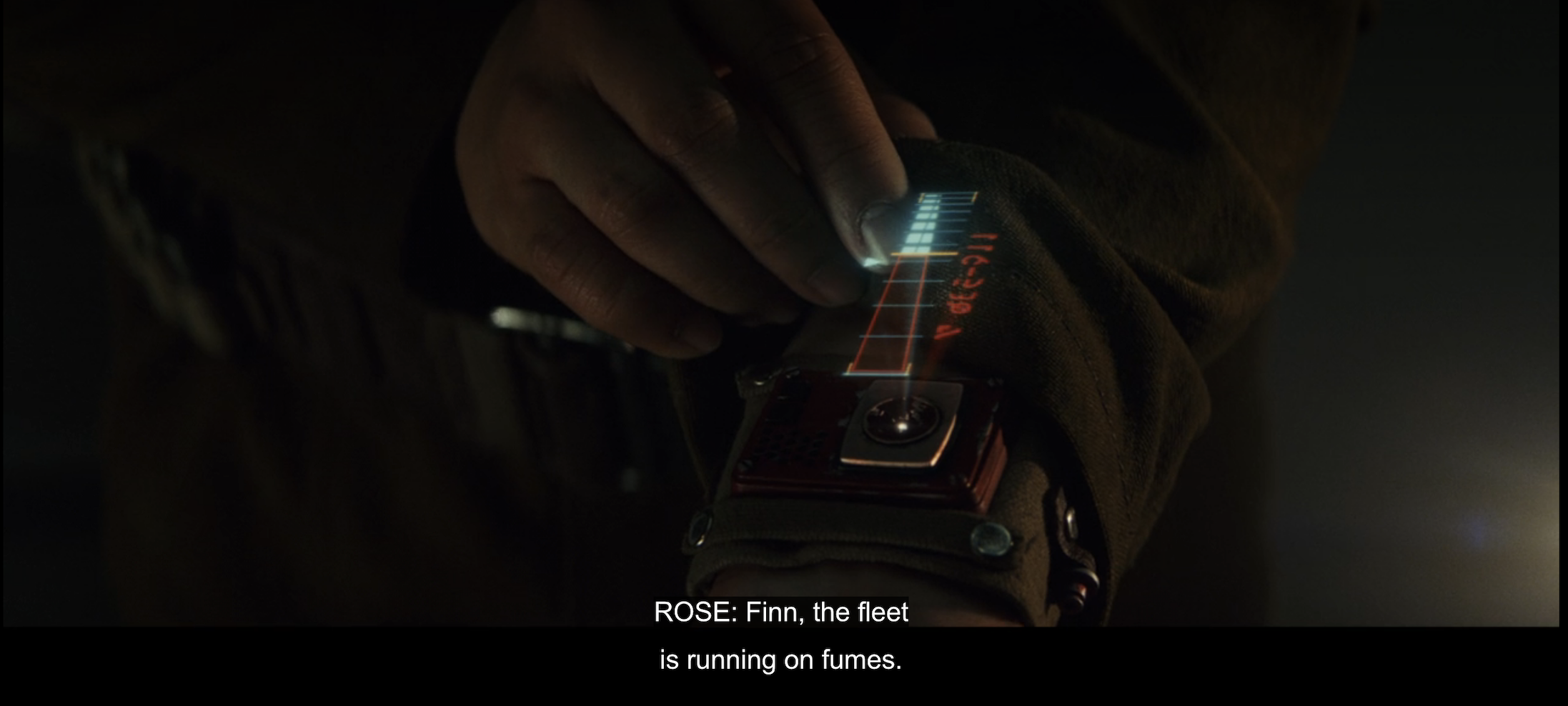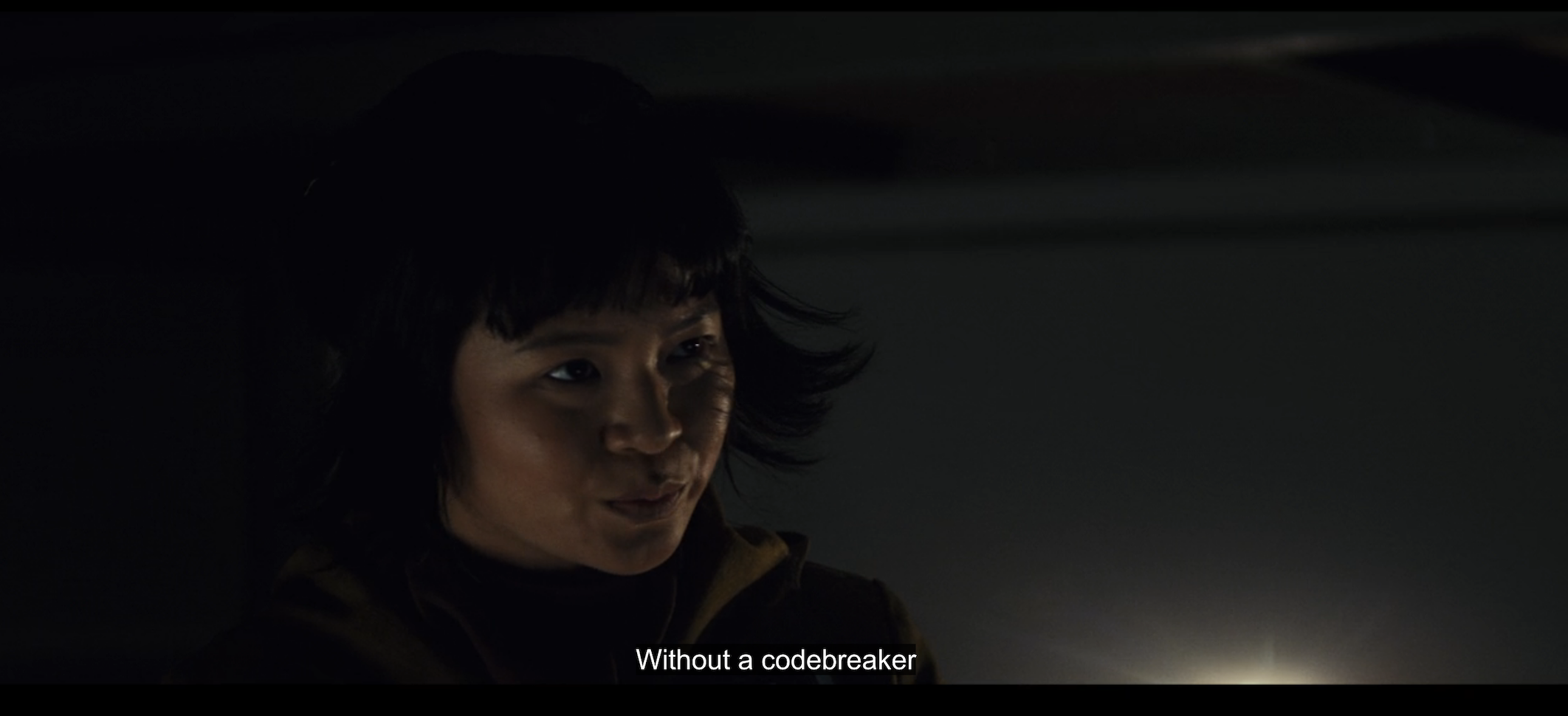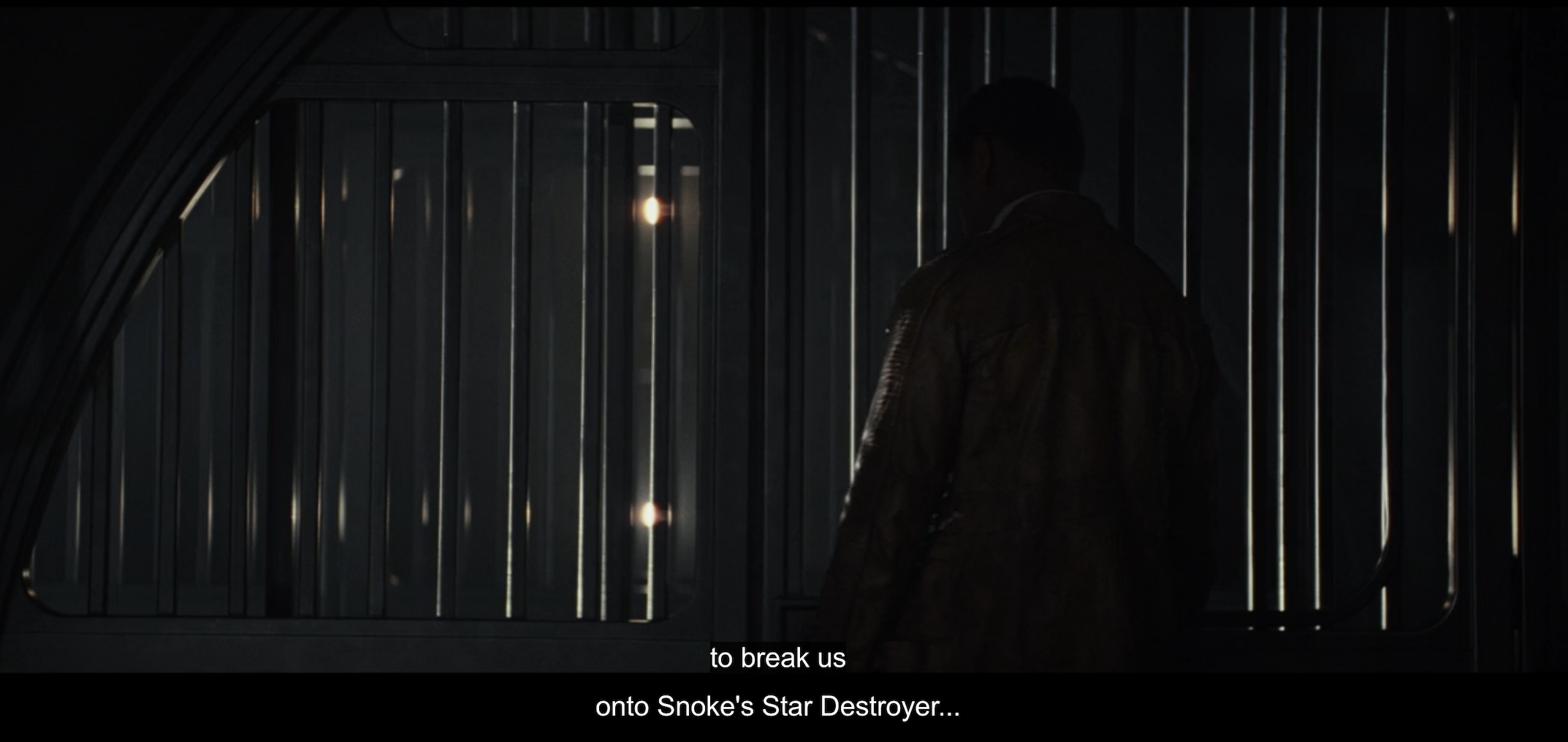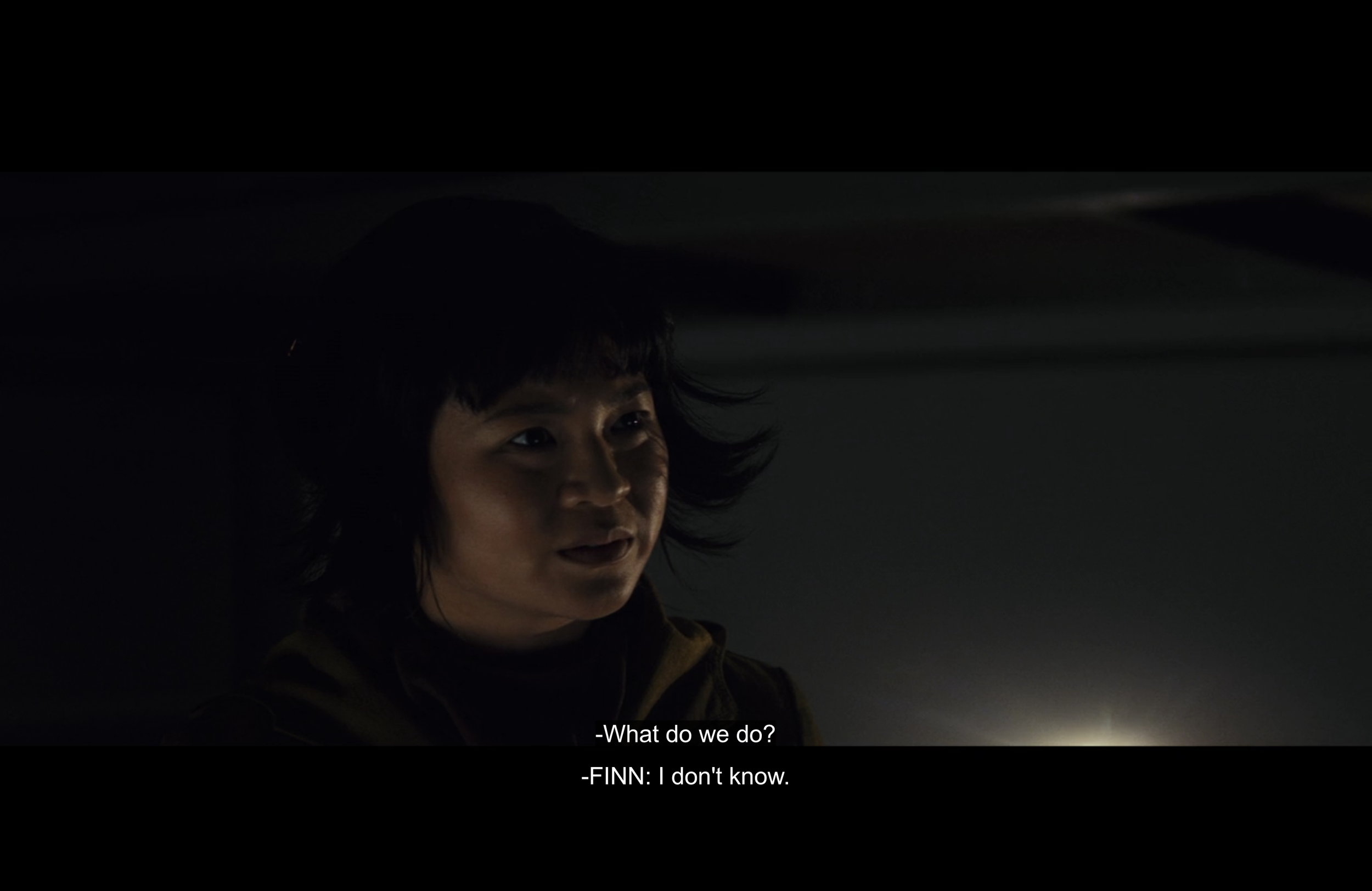Staying On The Story’s Trail: The Hats in Andor’s Reckoning
Welcome to the first “Storytelling with Simon”. I’m starting a new blog series talking about storytelling. This #1: Staying On The Story’s Trail.
Staying On The Story’s Trail:
Much of the success of a storyteller doesn’t have to do with the world, the characters, and the plot. It’s also about ensuring that the story stays on its trail. It’s the meticulous and detailed process of making sure the reader/viewer/listener does not get confused. In this post, I will detail a simple example from the recent Star Wars TV Show: Andor (which is brilliant btw).
In the case of film, whenever a viewer gets unintentionally confused, you’ve taken them out of the story. To use a metaphor from hiking: when discovering a trail that diverges into two without signage, it is then that we take out our maps. Even though the road seems to lead in roughly the same direction around the bend, we aren't sure which one to take. This takes us out of the experience of the nature around us.
A good storyteller keeps you going along for the ride without you noticing that you’ve been guided into the right direction and out of the wrong direction.
I want to show an example from “Andor (S1E03): The Reckoning” and it involves hats. While I can’t speak for the directors/writers, I believe this was intentional.
Disambiguating Similarity
If people look the same, it’s easy to mistake one for the other, especially in action scenes. In the following scene a group of soldiers led by two officers go off on a hunt for Cassian Andor. In this shot, you can see them all in uniform as they take their ship to the planet. The officers have different hats. Their bills are orange, while the subordinate soldiers are blue. This helps the viewer distinguish seniority and importance, and it fits in the story universe, but the real smart part comes next.
During their confrontation on the planet Ferrix, the soldiers and the two officers wear their hats until a crucial scene. Officers accost Bix Caleen. Her boyfriend, Timm, comes running after her. In the heat of the moment, the soldier below fires at Timm and kills him.
In his incredulity, he takes off his hat. It still fits in the universe. In a harrowing and emotional moment, that’s what people do. Hearing the commotion, the other officer (not Syril) tells the squad to give air support, to get eyes in the air. The local squad leader then tells the soldier who just killed Timm to get back to the ship and get it off the ground.
Poor Bix. ❤️
Then, as the hunt continues and it quiets down, we see Syril Karn gets crept up on by Cassian Andor. In this confrontation, instead of killing Syril, we just see Syril getting pulled down. We thus don’t know what happened to Syril.
The following shot takes us back to the soldier who was tasked to give air support. He runs runs towards their ship. What’s so smart on behalf of the writer/director was for the character to take his hat off, because then there’s less ambiguity about who this is. We just saw Syril Karn, the lead villain still with his hat on. But, look how similar he looks to Syril when running. It could’ve easily been a case that the viewer would see this soldier run out to his ship and confuse him for Syril: ESPECIALLY if this soldier still had his hat on. Because we didn’t see what happened to Syril, we don’t know if both of them could’ve just run to the ship at the same time. There’s ambiguity and it’s smartly taken care of by the soldier simply taking his hat off.
He gets in the ship ready to take off. We still haven’t seen his face.
Then, as the he struggles to get it off the ground due to it being anchored to a vehicle by the rebels, we briefly see him struggle.
And then. Kaboom. It crashes into the nearby building.
(bonus content: first time someone says “shit” in Star Wars)
The next scene we see Syril being rescued by a soldier… And notice something? His hat is gone. Now that the soldier with no hat perished in the ship crash, ambiguity can be resolved again by allowing Syril to be seen without his officer’s hat. The story unfolds from there as Cassian escapes.
As I said before. Is this intentional? I wouldn’t know unless I get confirmation from the director, but I believe it to be true. It’s so smart, especially when you have action scenes following several of the same looking characters. It’s all in-universe and none of it is jarring or obvious. It’s subtle and gets the point across: you are less likely to be confused about what’s going on.
Doing this isn’t easy, because for all intents and purposes, doing this hat trick wasn’t necessary. Some viewers might have watched it, kept pace and not been confused. But, it’s like a well placed sign on a trail. You might know where you are going, but once you see it, you are reassured that you are on the right track. You have not been taken out of your experience by momentary confusion.
Sometimes, unfortunately, directors/writers can be too overt about this and swing the pendulum the other way: instead of putting signage where it’s needed, it’s littered across the trail at every bend. The worst culprits are also when the director/writer chooses to not show you, but TELL you exactly what’s going on in a conversation that under normal circumstances would be unnecessary between the characters.
A strong culprit of this is another Star Wars property: The Last Jedi (I love it, despite its flaws). In a scene where Finn and Rose went to another planet to find a codebreaker to turn off a tracking device, they get caught. It’s perfectly reasonable to expect that the audience might need a refresher of what’s going on, but in this case, it’s fairly clear: they are still on Canto Bight for the same reason. And so, in a jarring moment, the director/writer gives you a checkpoint conversation.
It’s trying to keep us on the story’s trail, but it’s like being shown a trail billboard around every bend, making you miss the nature that is behind it.
The hardest part about this kind of storytelling, to get it right, is that as a storyteller, you already know what’s going to happen. You know where the trail leads. You don’t need a map anymore. But, you only get there by seeing others walk off the trails. In all the myriad ways that people can interpret stories, people, and the worlds you create as a storyteller, also keeping in mind all the ways that it be misunderstood is a long learning process.
Have you noticed something similar in other stories?
PS. This post is also brought to you by getting lost on a trail in Wales earlier this year. I mistook leaves parted by rain to be the trail and now have a bramble scar to show for it. 😅

















